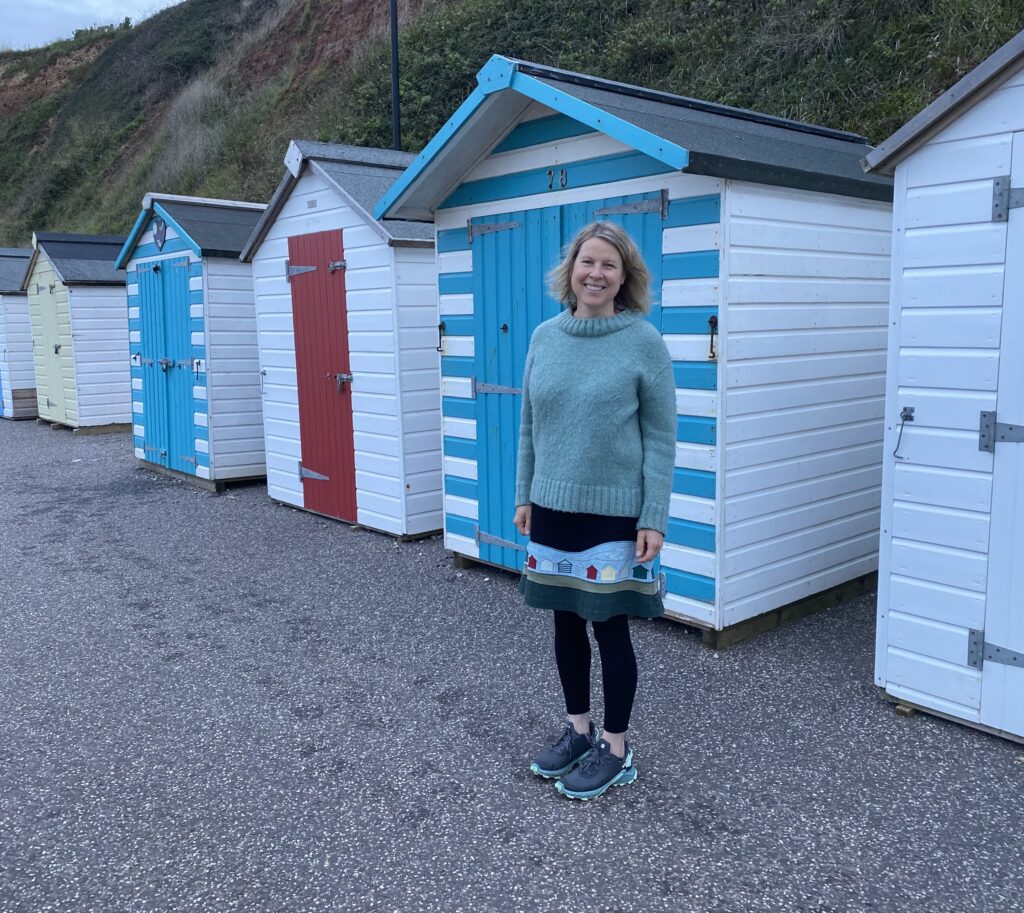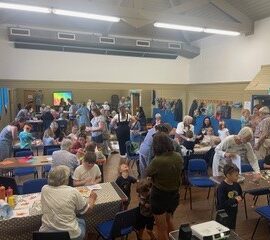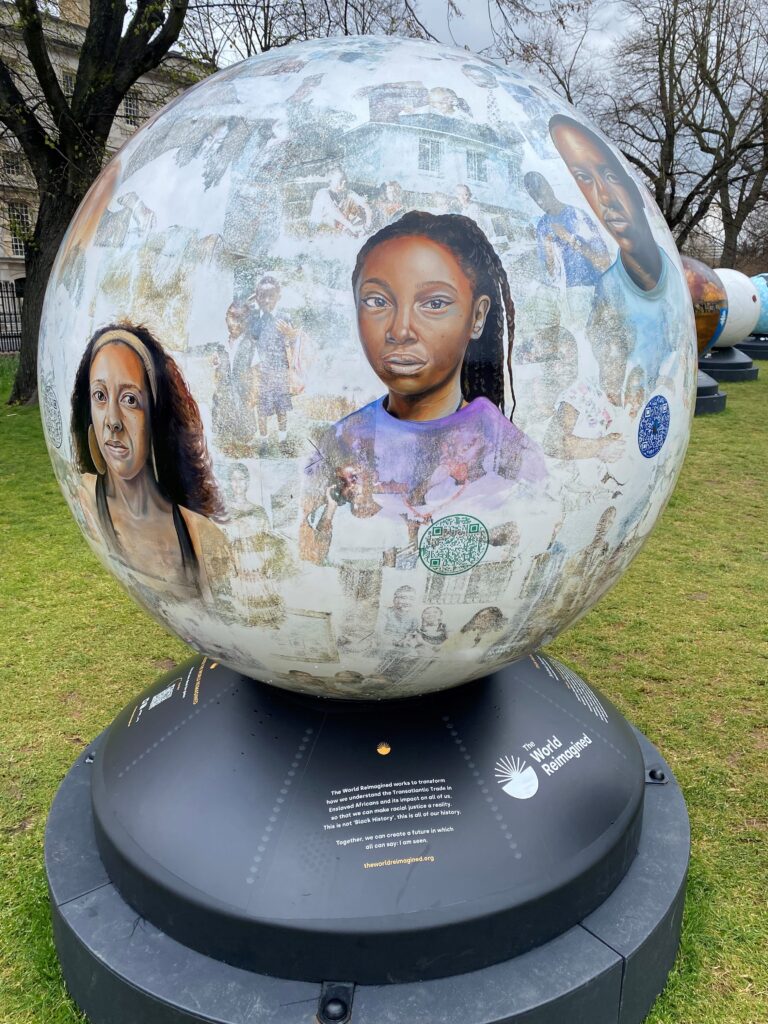I had a trip to Westminster Abbey in May. Having recently watched the coronation of King Charles III, the Abbey felt smaller than what I’d seen on TV. It must be those camera wide-angle lenses that give you an expanded perspective. I was here for a lecture by Professor Anthony Reddie, director of the Oxford Centre for Religion and Culture at Regent’s Park College, University of Oxford. The lecture was entitled ‘Black theology to Black Lives Matter and back’ and I was hoping to gain an expanded perspective on this topic.
Professor Reddie started by talking about his name and pointed out that his last name is Scottish and not an African name, which meant he was a descendant of a slave. At some point in his family history, a white Scottish person owned one of his ancestors. It made me ponder on my own heritage and how more recently, an escape from the Nazis by my grandparents has shaped how I view the world. Although their refugee story was made easier by white privilege and middle-class wealth, our family history has an impact on me in the present.
Professor Reddie proceeded to give us a history of the transatlantic slave trade, the £20 million deal done in 1833 by white abolitionists to end it, where slave owners rather than slaves were compensated (which was only paid off by the UK government in 2015). It was the Quakers who were the first to argue that Africans were made in the image of God and that it was inhumane to exploit them as commodified objects, whilst many in the mainstream church colluded with the trade and chose to maintain white superiority. This is uncomfortable to hear as a white person, and as Professor Reddie spoke, I wondered where the funds for all the magnificent buildings in Westminster and other cities in the UK had come from, and how much wealth had been gained from the abuse and commodification of black bodies over the years.
The death of George Floyd in 2020 and the rise of the Black Lives Matter movement, are all part of the 500-year legacy of the transatlantic slave trade, Professor Reddie explained, as white supremacy continues within our culture and societal structures to undermine the intrinsic value of black bodies. We were encouraged to examine our theology and remember how the majority of Jesus’ time was spent with the poor, exploited and marginalised; how people from many different nations were energised by the Holy Spirit, when Peter and the disciples were able to speak in many languages at the first Pentecost; and in John’s Revelation (7:9) there is ‘a great multitude that no one could count, from every nation, tribe, people and language, standing before the throne and in front of the Lamb’. Clearly God has a commitment to diversity, the question is – do we?
As Professor Reddie encouraged us to rethink what we mean by being holy, and consider the holiness of black bodies, something through which God’s presence is to be found, a question was asked from the audience around what practical difference he would expect to see if we were to live this out as Christians. His response was that how we treat people in the church would be different. Often the most bruising place can be within church. If we truly viewed black bodies as holy, then we would behave better. Our posture to each other would be transformed. After all, why would people want to join a church if they can’t seem to love each other within it?
I reflected on our Messy Church values of being Christ-centred and hospitality. Do we model the values of Jesus and have Christ’s love for one another? What does a generous welcome to all look like?
If you want to expand your perspective on this topic here are some resources that might help:
a) In the new Get Messy! Volume 1 we have a Messy Church session ‘Learning to live together’, to help your Messy Church journey together on this topic, publishing on 19 June 2023.
b) Anti-racism conversations – resource by Youthscape to encourage young people to explore racial justice and start their journey towards anti-racism.
c) We need to talk about race: understanding the black experience in white-majority churches by Ben Lindsay.
d) Read Professor Anthony Reddie’s lecture in full.
e) Visit the sculpture trails of globes at the National Maritime Museum, Greenwich until 25 June 2023 and across the UK exploring the history, legacy and future of the Transatlantic Trade in Enslaved Africans through the work of incredible artists – theworldreimagined.org.
Aike Kennett-BrownBRF Messy Church ministry lead
You may also like

Seaside Sojourn
21st Oct 2024It seems that I always get booked to deliver in-person training at seaside locations. This trend continued last weekend, as I headed off to the coastal village of Seaton, Devon.

Our Survey Said…
7th Oct 2024Back in February 2024, Church of England kindly sponsored a survey, completed by 330 Messy Church leaders. This is what we...

Storytelling from within God’s Story.
10th Sep 2024Hi Messy Friends! My name is Andrew McDonough. I live in Australia, draw sheep and tell stories. It began long long ago w...

Doing Things Differently in Different Places
6th Aug 2024When we hear these two words ‘Messy Church’, we may well have a picture in our minds of what we hope will happen and h...

